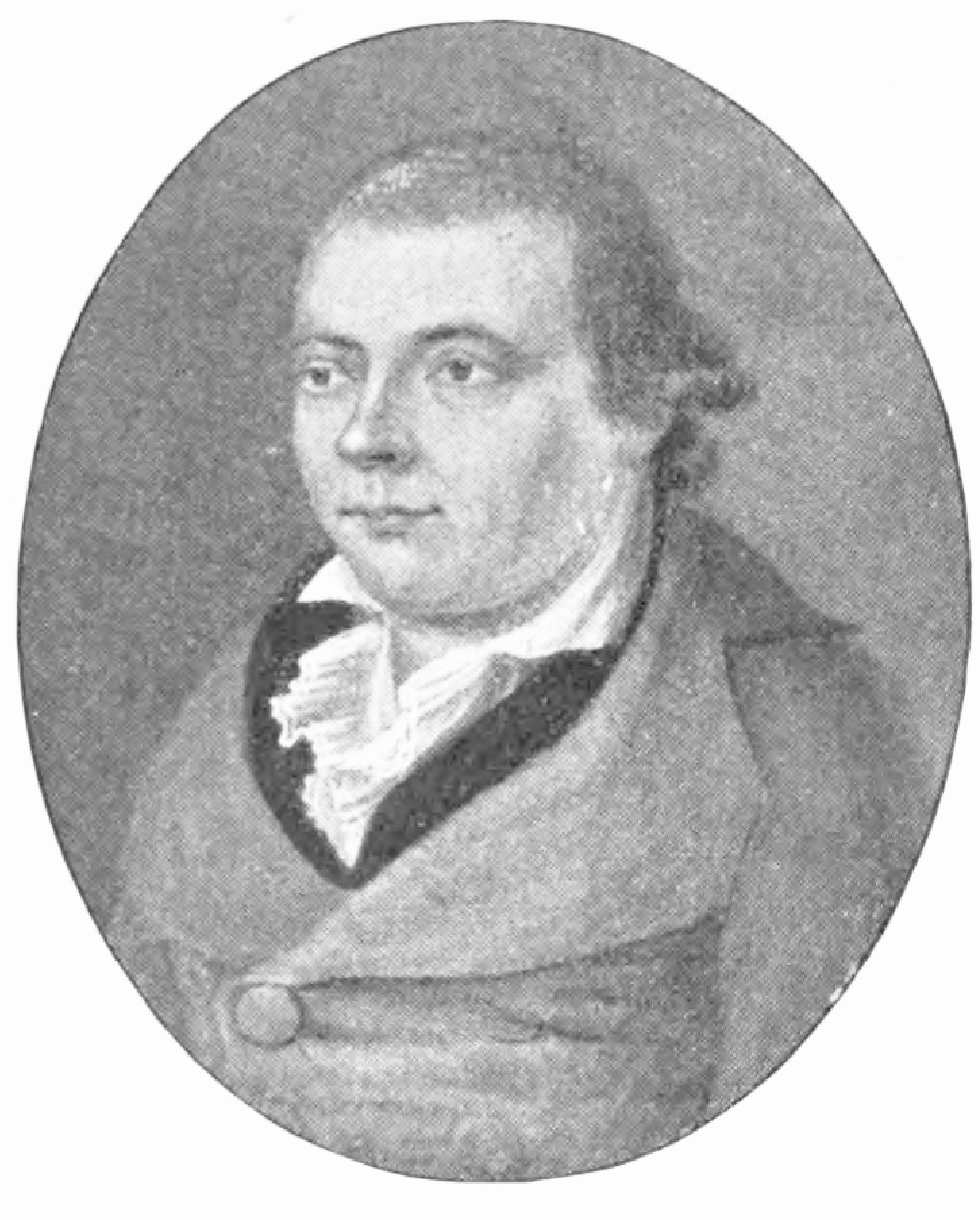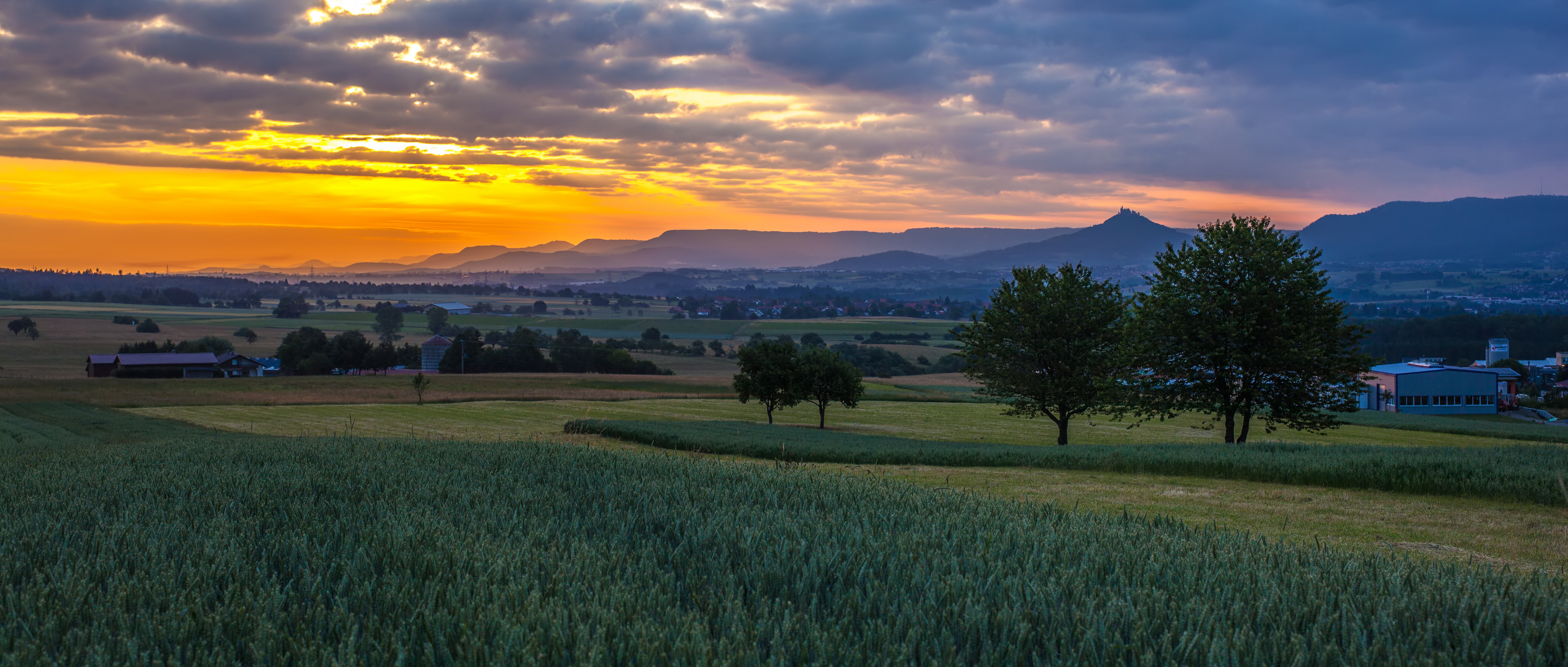|
Blautopf
The Blautopf (German for ''Blue pot'') is a Spring (hydrosphere), spring that is considered the source of the river Blau (Danube), Blau in the karst landscape on the Swabian Jura's southern edge. It is located in Blaubeuren, Alb-Donau-Kreis, Baden-Württemberg, Germany (approximately west of Ulm). Description It forms the drain for the Blau cave system; the river Blau after flows into the river Danube in the city of Ulm. Because of its high water pressure, the spring has developed a funnel-like shape with a depth of 21 metres (69 ft). The water's peculiarly blue color, varying in intensity depending on weather and flow, is the result of physical properties of the nanoscale limestone particles densely distributed in the water. They cause Rayleigh scattering of light, preferentially scattering the blue color of the visible light. A similar effect is observed at the Blue Lagoon (geothermal spa), Blue Lagoon near Reykjavík, where the color originates from nanoscale Silicon di ... [...More Info...] [...Related Items...] OR: [Wikipedia] [Google] [Baidu] |
Blautopf Quelle
The Blautopf (German for ''Blue pot'') is a spring that is considered the source of the river Blau in the karst landscape on the Swabian Jura's southern edge. It is located in Blaubeuren, Alb-Donau-Kreis, Baden-Württemberg, Germany (approximately west of Ulm). Description It forms the drain for the Blau cave system; the river Blau after flows into the river Danube in the city of Ulm. Because of its high water pressure, the spring has developed a funnel-like shape with a depth of 21 metres (69 ft). The water's peculiarly blue color, varying in intensity depending on weather and flow, is the result of physical properties of the nanoscale limestone particles densely distributed in the water. They cause Rayleigh scattering of light, preferentially scattering the blue color of the visible light. A similar effect is observed at the Blue Lagoon near Reykjavík, where the color originates from nanoscale silica particles.Lonely Planet Best of Germany (Travel Guide), 2019. Bened ... [...More Info...] [...Related Items...] OR: [Wikipedia] [Google] [Baidu] |
Jochen Hasenmayer
Jochen Hasenmayer (born 28 October 1941 in Pforzheim, Germany) is a German speleologist and cave diver from Birkenfeld in Baden-Württemberg, whose spectacular dives have frequently made headlines. Cave diving Hasenmayer began his cave diving career in 1957 at the age of fifteen, exploring the Falkensteiner Höhle near Stuttgart. Beginning in the 1960s, Hasenmayer explored many karst springs and caves in the Swabian Jura and elsewhere in Southern Germany, including the Wimsener Höhle, the Aachtopf and the Blautopf. He became famous in 1985 due to the discovery of the ''Mörikedom'' ("Mörike Cathedral", named after the German pastor and poet Eduard Mörike), the second big air-filled chamber in the Blauhöhle, about into the cave system. Some of his terminuses (farthest point reached in a cave) have not been exceeded. In the late 1970s, Hasenmayer was among the divers who searched for an underwater connection between Kingsdale Master Cave and Keld Head in the Yorkshire D ... [...More Info...] [...Related Items...] OR: [Wikipedia] [Google] [Baidu] |
Blauhöhle
The Blauhöhle is the largest known cave system in the Swabian Alps in southern Germany. The Blauhöhle presumably originated in a time when the Danube still flowed through the Blau valley. Since the shifting of the Danube, several small rivers, the Schmiech, the Ach, and the Blau, have flowed through this valley. The cave system begins about 21 meters under water at the base of the Blautopf. It continues west and northwest, rising and falling several times until after a horizontal distance of about it comes above the level of ground water and opens into the second big air-filled chamber. The maximum depth of the cave under water is . This chamber was first discovered in 1985 by Jochen Hasenmayer, who named it ''Mörikedom'' (Mörike Cathedral, named after Eduard Mörike). Hasenmayer's diving accident in the Wolfgangsee resulted in a long break in its exploration. For several years the cave has been explored by the ''Arbeitsgemeinschaft Blautopf'' (Blautopf Study Group, or C ... [...More Info...] [...Related Items...] OR: [Wikipedia] [Google] [Baidu] |
Blaubeuren
Blaubeuren () is a town in the district of Alb-Donau near Ulm in Baden-Württemberg, Germany. it had 11,963 inhabitants. Geography Geographical location The core city Blaubeuren lies at the foot of the Swabian Jura, west of Ulm. Neighboring communities The city is borders to the north to Suppingen and Berghülen, on the east to Blaustein, in the south to Ulm and Erbach and in the west to Schelklingen and Heroldstatt. Constituent The city Blaubeuren consists of the districts Blaubeuren, Gerhausen, Altental, Asch, Beiningen, Pappelau, Beimerstetten, Sotzenhausen, Seißen, Wennenden, Sonderbuch and Weiler with the core city Blaubeuren and 18 other villages, hamlets, farms and (individual) houses. Castles Within the town borough are the ruins of a number of castles: Ruck Castle and Blauenstein Castle, Hohengerhausen Castle (in Gerhausen), Günzelburg Castle and Burkartsweiler (both in Seißen), Sirgenstein Castle (in Weiler), and Gleißenburg Castle (in Beiningen).''D ... [...More Info...] [...Related Items...] OR: [Wikipedia] [Google] [Baidu] |
Swabian Jura
The Swabian Jura ( , more rarely ), sometimes also named Swabian Alps in English, is a mountain range in Baden-Württemberg, Germany, extending from southwest to northeast and in width. It is named after the region of Swabia. It is part of the Table Jura (). The Swabian Jura occupies the region bounded by the Danube in the southeast and the upper Neckar in the northwest. In the southwest it rises to the higher mountains of the Black Forest. The highest mountain in the region is the Lemberg (Swabian Alb), Lemberg (). The area's profile resembles a high plateau, which slowly falls away to the southeast. The northwestern edge is a steep escarpment (called the Albtrauf or Albanstieg, rising up , covered with forests), while the top is flat or gently rolling. In economic and cultural terms, the Swabian Jura includes regions just around the mountain range. It is a popular recreation area. The whole ''Schwäbische Alb'' area is a UNESCO Global Geoparks, UNESCO global geopark coveri ... [...More Info...] [...Related Items...] OR: [Wikipedia] [Google] [Baidu] |
Blau (Danube)
The Blau () is a river in Baden-Württemberg, southern Germany, and a left tributary of the Danube. The source of the Blau is the karst spring of ''Blautopf'', in the town Blaubeuren, in the Swabian Jura. It flows east through Blaustein to the city of Ulm, where it empties into the Danube. Blau valley The valley of the Blau was formed by the Danube. When the Swabian Jura rose, the Danube initially incised a deeper and deeper valley but finally chose a course to the southwest. In the valley it left behind today, the Schmiech river flows south meeting the Danube in Ehingen (Donau), whereas the Blau flows east towards Ulm Ulm () is the sixth-largest city of the southwestern German state of Baden-Württemberg, and with around 129,000 inhabitants, it is Germany's 60th-largest city. Ulm is located on the eastern edges of the Swabian Jura mountain range, on the up .... References Further reading Stadt Blaustein(in German) Geschichte der Stadt Blaubeuren(in German) Wohnen a ... [...More Info...] [...Related Items...] OR: [Wikipedia] [Google] [Baidu] |
Hammer Mill
A hammer mill, hammer forge or hammer works was a workshop in the pre-industrial era that was typically used to manufacture semi-finished, wrought iron products or, sometimes, finished agricultural or mining tools, or military weapons. The feature that gave its name to these workshops was the water-driven trip hammer, or set of hammers, used in the process. The shaft, or 'helve', of the hammer was pivoted in the middle and the hammer head was lifted by the action of cams set on a rotating camshaft that periodically depressed the end of the shaft. As it rose and fell, the head of the hammer described an arc. The face of the hammer was made of iron for durability. Hammer mills These mills, which were original driven by water wheels, but later also by steam power, became increasingly common as tools became heavier over time and therefore more difficult to manufacture by hand. The hammer mills smelted iron ore using charcoal in so-called bloomeries (Georgius Agricola 1556, ''Re ... [...More Info...] [...Related Items...] OR: [Wikipedia] [Google] [Baidu] |
Speleology
Speleology () is the scientific study of caves and other karst features, as well as their chemical composition, composition, structure, physical property, physical properties, history, ecology, and the processes by which they form (speleogenesis) and change over time (speleomorphology). The term ''speleology'' is also sometimes applied to the recreational activity of exploration, exploring caves, but this is more properly known as ''caving'', ''potholing'' (British English), or ''spelunking'' (United States and Canadian English). Speleology and caving are often connected, as the physical skills required for ''in situ'' study are the same. Speleology is a cross-disciplinary field that combines the knowledge of chemistry, biology, geology, physics, meteorology, and cartography to develop portraits of caves as complex, evolving systems. History Before modern speleology developed, John Beaumont (geologist), John Beaumont wrote detailed descriptions of some Mendip Hills, Mendip c ... [...More Info...] [...Related Items...] OR: [Wikipedia] [Google] [Baidu] |
Die Zeit
(, ) is a German national weekly newspaper published in Hamburg in Germany. The newspaper is generally considered to be among the German newspapers of record and is known for its long and extensive articles. History The first edition of was first published in Hamburg on 21 February 1946. The founding publishers were Gerd Bucerius, Lovis H. Lorenz, Richard Tüngel and Ewald Schmidt di Simoni. Marion Gräfin Dönhoff joined as an editor in March 1946. She became publisher of from 1972 until her death in 2002. In 1983 she was joined by former Chancellor of Germany (1949–), German chancellor Helmut Schmidt. Later Josef Joffe and former German federal secretary of culture Michael Naumann joined them as well. The paper's publishing house, Zeitverlag Gerd Bucerius in Hamburg, is owned by the Georg von Holtzbrinck Publishing Group and Dieter von Holtzbrinck, Dieter von Holtzbrinck Media. The paper is published weekly on Thursdays. As of 2018, has additional offices in Brussels, ... [...More Info...] [...Related Items...] OR: [Wikipedia] [Google] [Baidu] |
Deutschlandradio
Deutschlandradio (DLR; ) is a national German public radio broadcaster. History ''Deutschlandfunk'' was originally a West German news radio targeting listeners within West Germany as well as in neighbouring countries, ''Deutschlandfunk Kultur'' is the result of a merger of West Berlin's RIAS station and East Berlin's DS Kultur after German reunification. Both networks that used to broadcast mainly on the AM bands have since spread throughout Germany, having been allocated many additional FM transmitters. However, because of lack of analogue frequencies, during 2003 Deutschlandradio changed its distribution strategy to digital terrestrial transmission. Stations It operates four national networks: *Deutschlandfunk: mainly news and information * Deutschlandfunk Kultur: culture in a broader sense * Deutschlandfunk Nova: aimed at young adults, mainly spoken-word *: opt-out channel, often for special events ''Dokumente und Debatten'' is a digital-only special-event channel. It br ... [...More Info...] [...Related Items...] OR: [Wikipedia] [Google] [Baidu] |
Folklore
Folklore is the body of expressive culture shared by a particular group of people, culture or subculture. This includes oral traditions such as Narrative, tales, myths, legends, proverbs, Poetry, poems, jokes, and other oral traditions. This also includes material culture, such as traditional building styles common to the group. Folklore also encompasses customary lore, taking actions for folk beliefs, including folk religion, and the forms and rituals of celebrations such as Christmas, weddings, folk dances, and Rite of passage, initiation rites. Each one of these, either singly or in combination, is considered a Cultural artifact, folklore artifact or Cultural expressions, traditional cultural expression. Just as essential as the form, folklore also encompasses the transmission of these artifacts from one region to another or from one generation to the next. Folklore is not something one can typically gain from a formal school curriculum or study in the fine arts. Instead, thes ... [...More Info...] [...Related Items...] OR: [Wikipedia] [Google] [Baidu] |








